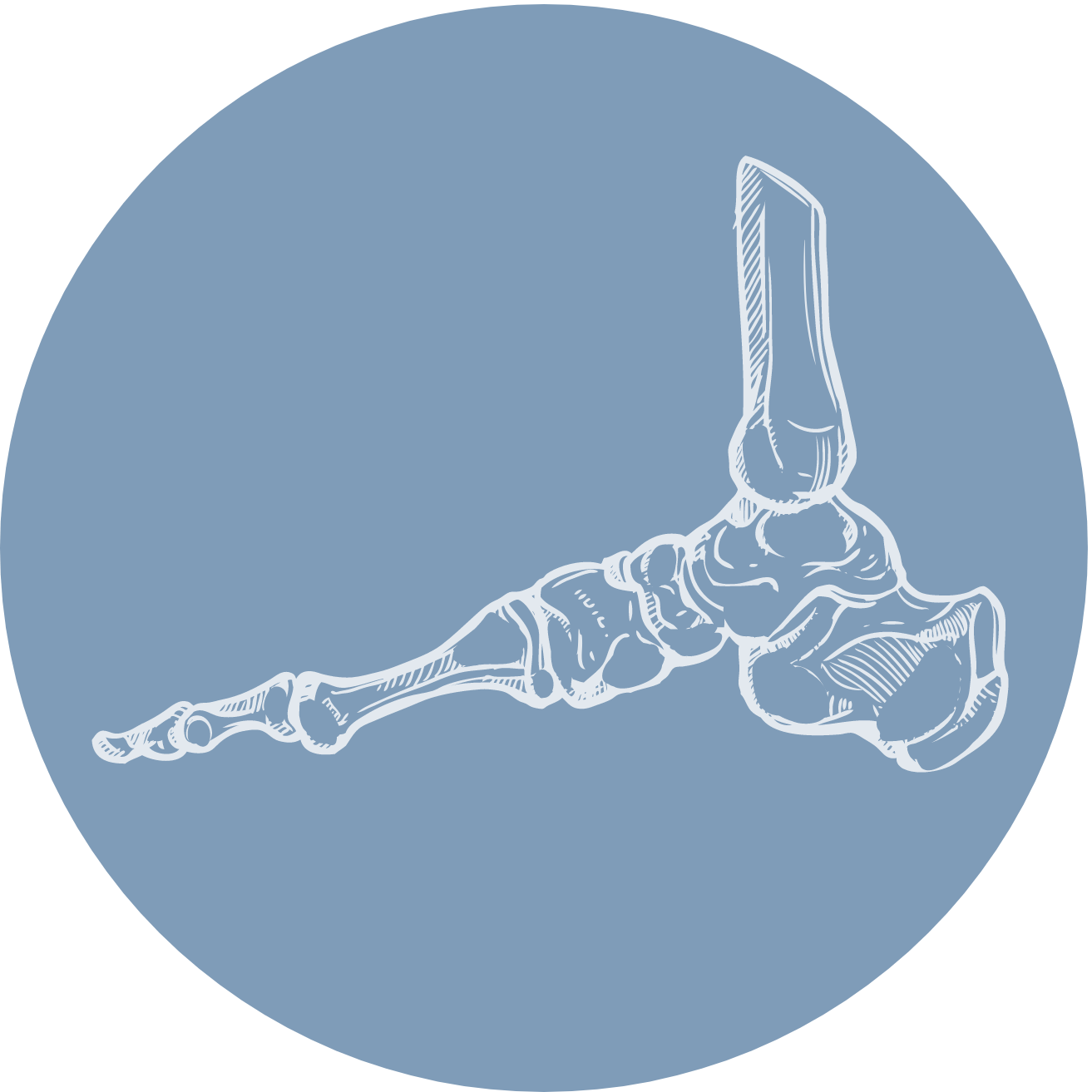The first port of call for foot and ankle care is often to your GP. However, typically you will be referred to a podiatrist. Podiatrists cover the branch of medicine that specialise in the diagnosis and treatment of foot problems and conditions related to the lower legs. Podiatrists are degree trained healthcare professionals who are experts in the study of the foot and ankle.
Podiatrists are the best answer for any foot problems. They treat everything foot-related from verrucas to plantar fasciitis. However, another old fashioned name for a foot doctor is a chiropodist. We often get asked what the difference is, but there are actually no technical differences between them when it comes down to how they work. Podiatry and Chiropody are exactly the same thing!
Why did it change to podiatry?
Whilst both terms have the same meaning, the US and UK led the way in the 1960s in the conversion to ‘podiatry’ for these reasons:
Confusion with chiropractors - In the 1950s and 60s, chiropractic medicine began to grow in popularity, and chiropodists were being confused with chiropractors. To ensure the confusion was evaded, it was decided they would embrace the term podiatry.
Clearer root - Chiropody is made up of two roots, ‘chiro’ and ‘pod’, meaning hands and foot in greek. The origins of podiatry come from ‘pod’ and ‘iatros’, meaning physician in greek. Changing the word chiropody to podiatry allowed better embracement of the modern reality when it became a recognised branch of modern medical care.
Can chiropodists provide proper foot care?
Many countries have stopped using the word chiropodist, but whether or not they can provide adequate foot care can vary case by case. Patients who are looking for a professional's help with both the prevention and treatment of foot conditions should be able to find a reputable and affordable podiatrist. You can ensure that your podiatrist is fully trained and qualified by checking the HCPC registry. Podiatrist and Chiropodist are protected titles and anyone using the title who does not appear on the register is committing a criminal offence.
Licensed podiatrists are educated in the following:
Performing podiatric surgery related to the foot and ankles
Performing microsurgeries and reconstructive surgeries
Performing physical examinations and study medical histories
Diagnose and treat conditions, such as ingrown toenails, flat feet, cracked heels and athletes’ foot
Administer anaesthetics and sedation for foot-related conditions
Construe x-rays
Perform physical therapy
Prescribe, order and fit prosthetics, casts, insoles and orthotics
Diagnose and treat sports-related injuries
If you are unsure about someone referring to one self as a chiropodist, it is vital to ensure they have the proper knowledge, understanding and certification to perform the tasks of a podiatrist. Yet, for the most part, both chiropodists and podiatrists should both be able to perform the same treatment for your foot complaint.






